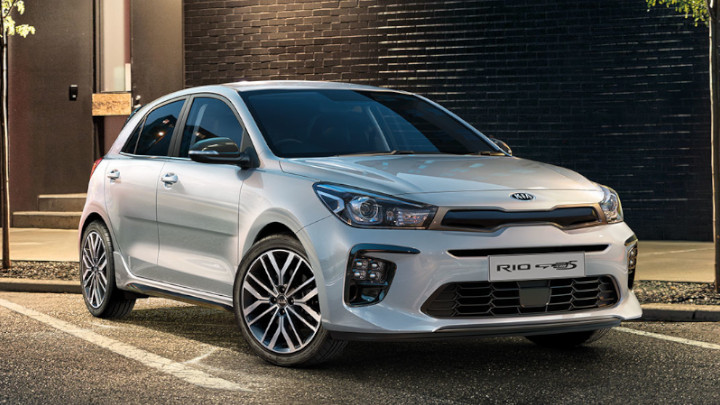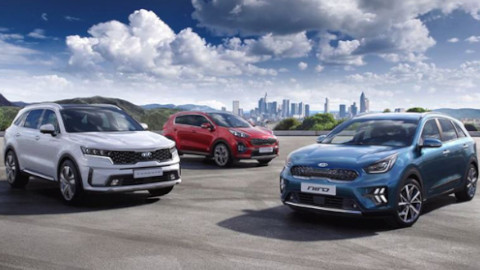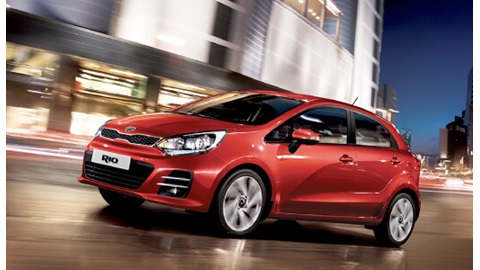
Kia Rio
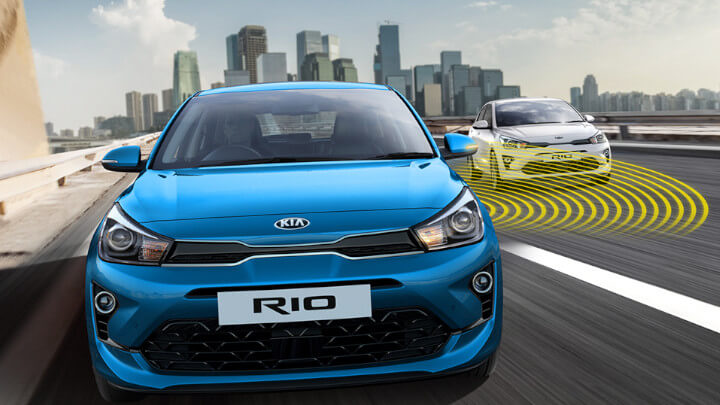
The Kia Rio is no longer available as a new vehicle, however you can find a variety of used models on the market.
Believe it or not, the Kia Rio has been around since the turn of the century. During that time, it has developed into a dependable and popular supermini that offers an alternative to the traditional supermini crowd.
Equipped with efficient powertrains, including Kia's first petrol 48V mild-hybrid system, and multiple driver aids and safety features results in a supermini that has the mannerisms of a larger car, but without the associated running costs.
Other Kia models you may be interested in
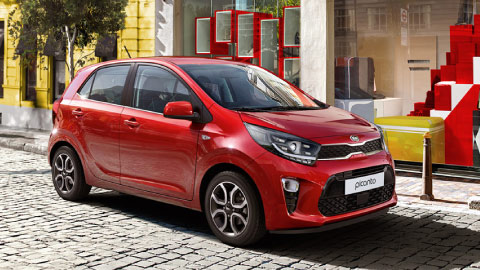
Picanto
The ideal city car needs to be easy to drive, have plenty of standard tech and be cheap to run. The Picanto delivers.
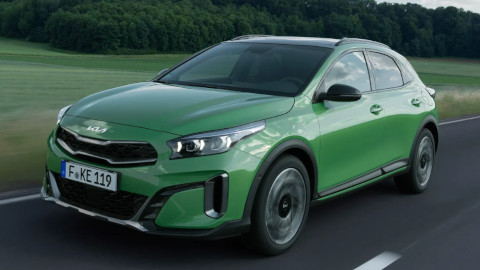
XCeed
Based on the solid underpinnings of the sporty Ceed hatchback, the XCeed offers additional SUV features and flair.
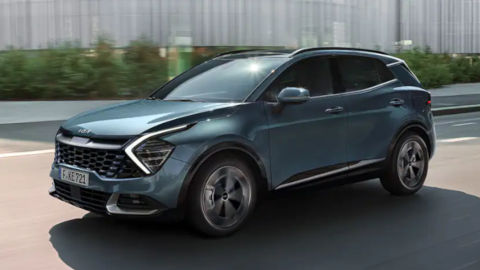
All-New Sportage
Stylish and featured-packed, the Sportage is a hugely popular mid-size crossover. It's economical and easy to drive, too.
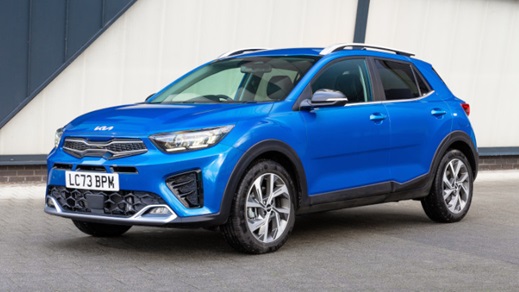
Stonic
A compact crossover the gives you everything you need: space, practicality, comfort and a generous amount of technology.
Discover new Kia cars at Evans Halshaw
Over the years, Kia have built a strong reputation for building high quality and reliable new cars. Several models have featured in the country's best-selling list due to the brand's constant effort to equip their vehicles with up-to-date technology and comfort focused design. With a versatile range of cars, you can find anything from a small city car up to a large SUV that aims to provide the best experience for motorists who require larger amounts of storage space.
You can explore the best offers on Kia's brand-new vehicles or book a test drive at your nearest Evans Halshaw Kia retailer.

